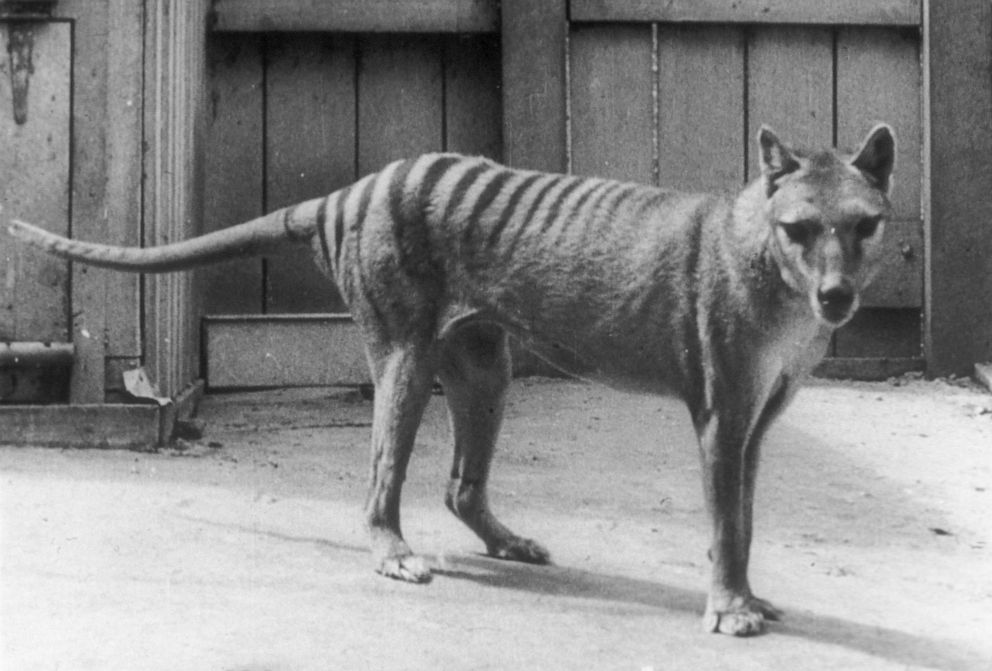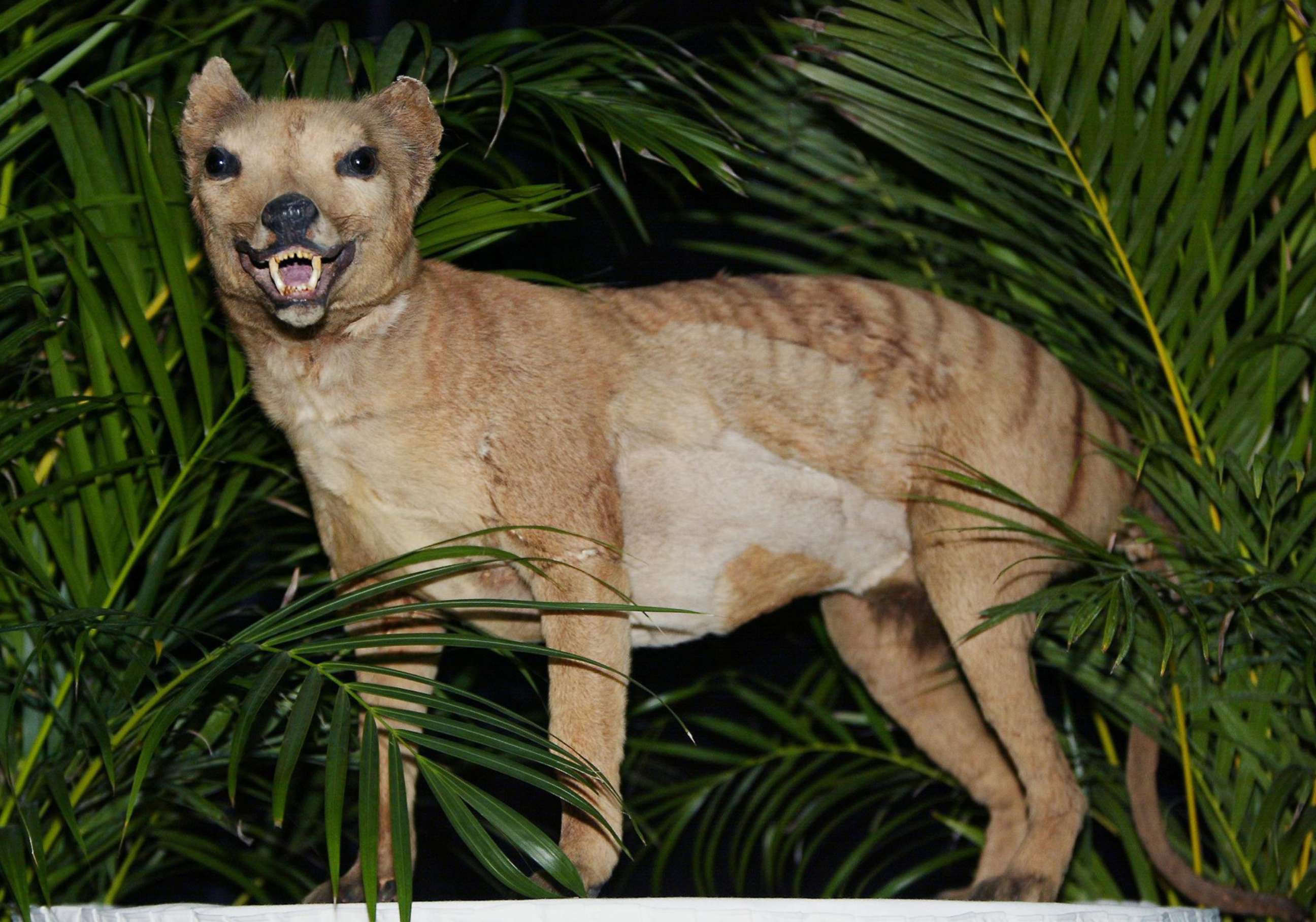Sightings of Tasmanian tiger, thought to be extinct for 80 years, reported: Australian government
The animal was presumed extinct after the last one in captivity died in 1936.
Sightings of the Tasmanian tiger, a large carnivorous marsupial thought to be extinct since 1936, have been reported as recently as three months ago, according to the Australian government.
The details of eight supposed sightings of the animal, also known as the thylacine, in recent years were released by the Department of Primary Industries, Parks, Water and Environment in Tasmania.
In July, a man reported seeing a footprint on Sleeping Beauty mountain, according to the document. The man stated that he believes the print belonged to a Tasmanian tiger after he went home and googled photos of it.

In November 2018, a woman reported seeing what she believed to be a Tasmanian tiger and two cubs at the Hartz Mountains National Park, and two people reported seeing the animal after it walked out in front of them while driving in Corinna, describing it as bigger than a fox but smaller than a German shepherd with stripes down its back.
Four other sightings were reported between February 2016 and February 2018, according to the document. A man also reported in August that he believes he saw a thylacine on his land about seven years ago.

The Tasmanian tiger is the largest carnivorous marsupial of recent times and was found on the Australian mainland and island of New Guinea, according to Britannica. It was presumed to be extinct after the last captive animal died in 1936 at the Hobart Zoo in Tasmania.
The animal, which has the face of a fox and yellowish, brown fur and stripes along its back, hunted at night for wallabies and birds, according to Britannica. While it has a skull similar to that of a dog, the females have a shallow pouch that can carry two to four young at a time.




